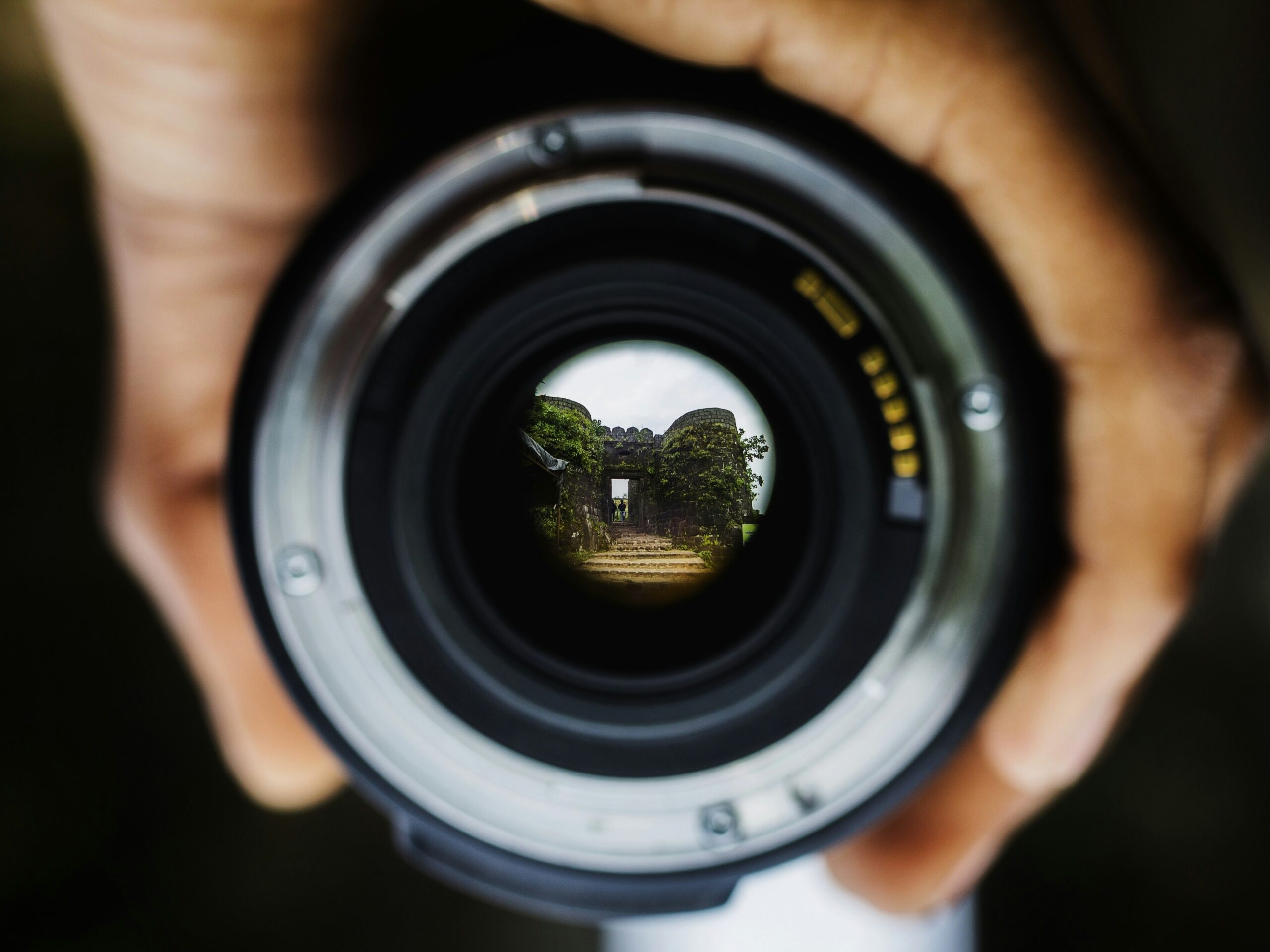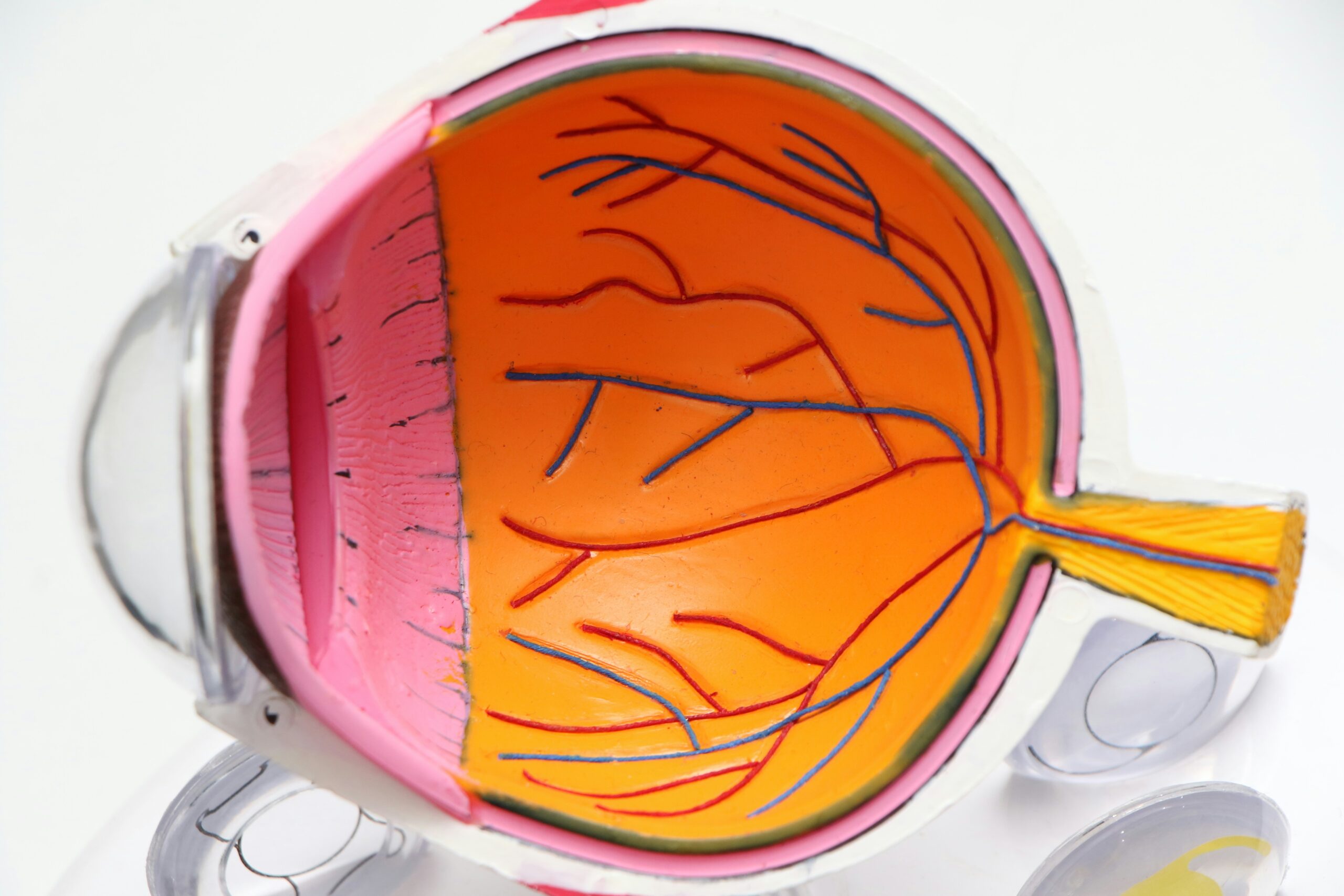Looking to enhance your hunting experience? The key lies in the lens clarity of your binocular, and finding the right coating can make all the difference. With a multitude of options available, it can be overwhelming to determine which coating is best suited for your needs. In this article, we’ll explore the various coatings available for hunting binoculars, highlighting their benefits and helping you make an informed decision. By the end, you’ll have a clear understanding of the best coating for lens clarity on a hunting binocular, ensuring your future hunting expeditions are filled with crystal clear views.
Understanding Lens Coating
When it comes to hunting binoculars, lens coating plays a crucial role in enhancing your overall viewing experience. Lens coating refers to a thin layer of material applied to the surface of the glass lenses. This coating serves multiple purposes and is designed to improve image clarity, durability, and weather resistance.
Basics of lens coating
Lens coatings are typically made of anti-reflective materials that help minimize the amount of light reflected off the lens surface. This reduction in reflections enables more light to pass through, resulting in improved image clarity and brightness. Additionally, lens coatings also help protect the lens surface from scratches, abrasions, and other damage, ultimately prolonging the lifespan of your binoculars.

Purpose of lens coating
The primary purpose of lens coating is to enhance the optical performance of hunting binoculars. By reducing reflections and increasing light transmission, lens coatings improve color accuracy, contrast, and overall image quality. Additionally, lens coatings also have secondary benefits such as reducing glare, increasing durability, and providing resistance to water and fog.
Types of Lens Coatings
There are several different types of lens coatings available for hunting binoculars. Understanding the differences between these coatings will help you determine the best option for your specific needs.
Coated
Coated lenses are the most basic type of lens coating and typically have a single layer of anti-reflective coating applied to at least one lens surface. While they do provide some benefits in reducing reflections and improving light transmission, coated lenses are generally less effective than other types of lens coatings.
Fully Coated
Fully coated lenses are an improvement over coated lenses as they have multiple layers of anti-reflective coating applied to all air-to-glass surfaces. This results in better light transmission, improved image quality, and reduced glare. Fully coated lenses are a common choice for entry-level hunting binoculars.
Multi-Coated
Multi-coated lenses feature multiple layers of anti-reflective coating applied to one or more lens surfaces. This type of lens coating provides superior light transmission, reduced reflections, and enhanced image clarity compared to fully coated lenses.
Fully Multi-Coated
Fully multi-coated lenses are considered the highest quality option for hunting binoculars. They feature multiple layers of anti-reflective coating applied to all air-to-glass surfaces. Fully multi-coated lenses offer the best light transmission, minimal reflections, and exceptional image clarity. They are often found in premium hunting binoculars and are preferred by serious hunters and wildlife enthusiasts.

Importance of Lens Coating in Hunting Binoculars
Understanding the importance of lens coating in hunting binoculars is crucial for choosing the right pair that suits your needs. Here are a few key reasons why lens coating is important:
Enhanced Image Clarity
Lens coating significantly improves image clarity by reducing reflections and increasing light transmission. This allows for a clearer view of your surroundings, making it easier to spot and identify targets in various lighting conditions. Whether you’re hunting during dawn, dusk, or in challenging weather conditions, lens coatings ensure that you can rely on your binoculars to provide sharp and detailed images.
Durability and Longevity
By applying a protective layer on the lens surface, lens coatings help enhance the durability and longevity of your hunting binoculars. They help guard against scratches, abrasions, and other forms of damage that can occur during outdoor activities. This means that your investment in a quality pair of hunting binoculars will last longer and provide reliable performance even in rugged environments.
Weather Resistance
Lens coatings also provide weather resistance, making them a crucial feature for hunting binoculars. Coatings can protect the lenses from moisture, water, and fog, ensuring that you can use your binoculars in various weather conditions without compromising visibility. Whether you’re hunting in humid forests or rainy terrains, lens coatings help maintain clear vision and prevent moisture build-up that can obstruct your view.
Assessing Lens Clarity
To determine the quality of lens clarity in hunting binoculars, it’s essential to understand the factors that affect it.
Understanding Lens Clarity
Lens clarity refers to the ability of the binoculars to produce clear and sharp images without distortion or obstruction. When the lenses are properly coated, they minimize reflections and maximize light transmission, resulting in excellent lens clarity. This allows you to see fine details, vibrant colors, and improved contrast in your viewing experience.
Factors affecting lens clarity
Several factors can affect lens clarity, including the quality and type of lens coating, lens material, lens design, and optical alignment. While lens coatings play a crucial role in reducing reflections and improving light transmission, it’s important to consider other factors such as lens quality and overall optical construction when assessing lens clarity.

Determining the Best Lens Coating for Hunting Binoculars
Choosing the best lens coating for hunting binoculars requires considering your specific needs and the environment in which you’ll be using them.
Considering the environment
Take into account the typical weather conditions and lighting situations you’ll encounter during your hunting adventures. If you often find yourself in low-light situations, such as hunting during dusk or dawn, opt for binoculars with higher-quality coatings like fully multi-coated lenses. These coatings will maximize light transmission and provide optimal clarity in challenging lighting conditions.
Evaluating the use case
Consider how you’ll be using your hunting binoculars. If you’re a dedicated hunter who spends extended periods in the field and demands top-notch performance, investing in binoculars with higher-quality lens coatings, such as fully multi-coated lenses, is recommended. On the other hand, if you’re a casual hunter or occasional wildlife observer, coatings like fully coated or multi-coated lenses may meet your needs at a more affordable price point.
Top Coatings for Hunting Binoculars
When it comes to the top coatings for hunting binoculars, it’s important to understand the various options available and their specific advantages.
Overview of popular coating options
- Coated: Basic anti-reflective coating applied to at least one lens surface.
- Fully Coated: Multiple layers of anti-reflective coating applied to all air-to-glass surfaces.
- Multi-Coated: Multiple layers of anti-reflective coating applied to one or more lens surfaces.
- Fully Multi-Coated: Multiple layers of anti-reflective coating applied to all air-to-glass surfaces.
Details of each coating type
- Coated lenses provide some improvement in image clarity but are generally less effective than other types of coatings.
- Fully coated lenses offer better light transmission, improved image quality, and reduced glare compared to coated lenses.
- Multi-coated lenses provide superior light transmission, reduced reflections, and enhanced image clarity compared to fully coated lenses.
- Fully multi-coated lenses offer the best light transmission, minimal reflections, and exceptional image clarity. They are the preferred choice for serious hunters and wildlife enthusiasts.
In-depth Look at Fully Multi-Coated Lenses
Fully multi-coated lenses are widely regarded as the superior option for hunting binoculars. Here’s why they are highly preferred:
Why Fully Multi-Coated Lenses are preferred
Fully multi-coated lenses maximize light transmission, leading to brighter and clearer images. The multiple layers of anti-reflective coating effectively minimize reflections, resulting in minimal loss of light and improved contrast. This makes fully multi-coated lenses ideal for hunting in low-light conditions, where optimal brightness and image clarity are essential.
Differences between Fully Multi-Coated and other coatings
Fully multi-coated lenses outperform other coating types by providing the highest level of light transmission and reducing reflections to the greatest extent. While other coatings may offer some improvement in image quality, fully multi-coated lenses offer superior performance in terms of image clarity, contrast, and color accuracy.
How to Maintain the Lens Coating on Your Hunting Binoculars
Proper maintenance of lens coatings is essential for preserving their performance and ensuring the longevity of your hunting binoculars. Here are a few tips to help you maintain the lens coating:
Regular Lens Cleaning
Regularly clean the lenses of your binoculars using a soft, lint-free cloth or lens cleaning solution specifically designed for optical surfaces. Avoid using rough materials or excessive force that can scratch or damage the lens coating. Proper cleaning removes dirt, smudges, and fingerprints that can degrade image quality.
Proper Storage and Transport
When you’re not using your hunting binoculars, store them in a protective case to shield them from dust, moisture, and potential damage. When transporting the binoculars, use a padded carrying case or wrap them in a soft cloth to prevent any accidental bumps or scratches. The better you care for your binoculars, the longer the lens coatings and overall performance will last.
Potential Drawbacks of Lens Coatings
While lens coatings provide numerous benefits, there are some potential drawbacks to consider.
Potential Issues and Complaints
One common complaint is the increased cost associated with higher-quality lens coatings, especially fully multi-coated lenses. These coatings require more advanced manufacturing processes, which can drive up the price of binoculars. Additionally, some users may have personal preferences for specific coating types or claim they don’t notice significant differences in image quality between coating options.
How to Mitigate Potential Drawbacks
To mitigate the potential drawbacks, carefully consider your budget and the specific requirements of your hunting activities. It’s important to find a balance between cost and performance that meets your needs. Researching and reading reviews from reputable sources can also help you make an informed decision.
Final Thoughts on Choosing the Right Lens Coating for Your Binoculars
In conclusion, selecting the appropriate lens coating for your hunting binoculars is crucial for achieving the best possible image clarity. Consider the specific environment and use case, as well as your personal preferences and budget, when making your decision. By understanding the various types of coatings and their advantages, you can choose the lens coating that suits your specific hunting needs. Remember, fully multi-coated lenses are often the preferred choice for serious hunters due to their exceptional performance and superior image quality.
